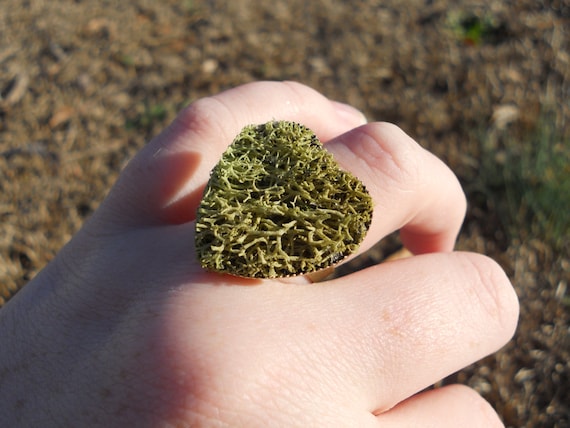In Scandinavia many forest berries are wild-harvested and then used for home canning of jams and sauces, and also sold commercially to companies to flavor drinks, juices, yogurt, desserts, jams, and so on. Many of these are members of the
Vaccinium genus in the blueberry family (Ericaceae).
 |
lingonberry, also called cowberry, Vaccinium vitis-idaea
Public domain photo from Lindman's Bilder ur Nordens Flora |
One of the most common ones is
lingonberry (
Vaccinium vitis-idaea), a low-growing blueberry relative with small, red, shiny, and clustered berries on short upright stalks and with leathery oblong leaves. They look like little tiny bushes sticking out of the soil among mosses and lichens in the taiga forests. Lingonberries are a very Swedish thing, and served with classic pancakes, blood pudding (maybe not so common anymore, but served in public school when I grew up in Sweden), and traditional cheese cake. It is an incredibly well-known and common wild-foraged plant in Scandinavia.
Common names are not regulated, they are just used by people as they see fit over the world. This species is called
lingonberry in English most of Europe and North America,
cowberry in parts of North America, and
lowbush cranberry in Alaska. Other names are
wortleberry and
mountain cranberry. Which leads to giant confusion with the cranberry species below when you only use common names.
 |
(European) cranberry, Vaccinium oxycoccus
Public domain photo from Lindman's Bilder ur Nordens Flora |
Other
Vaccinium species also has red delicious berries, and among the most well known in the Northern hemisphere are the
cranberries. In Europe it is mostly the cranberry species
Vaccinium oxycoccus, and in North American
cranberry the larger-fruited
Vaccinium macrocarpon. Cranberries grow mostly on the surface of the peat moss in bogs. They have lonely berries on long thin stalks that are laying on the ground, and long creeping branches with small leaves. They are not grown commercially in Scandinavia, but are cultivated in other parts of the world. Their tart flavor means that they are often used for jelly to be served with meat, and also for cranberry juice.
Cranberries and lingonberries are very different-looking plants when you see them side by side, but despite their large morphological differences there are common mistake. As usual the stock photo market is among the worst, and here are an abundance of cranberry photos that actually show lingonberry (the opposite is much less common, so people seem to know how lingonberry looks like, but not how cranberries do). However, if the photos are from Alaska, they might be correct if they meant the low-bush cranberry(=lingonberry/cowberry), but there is no way of knowing if they use the Alaskan meaning of cranberry, or if they made a plant identification mistake (that is why we have scientific names to keep things in order) . Here are some examples of 'cranberry' photos featuring lingonberry (
Vaccinium vitis-idaea):
 |
Herbal Extracts Plus website, showing lingonberry images on the cranberry page.
Screenshot by BotanicalAccuracy.com. |
 |
Dreamstime stock photo website, showing a cranberry image for sale, that actually shows lingonberry.
Screenshot by BotanicalAccuracy.com. |
 |
Botanic Innovations LLC website, showing a lingonberry photo on the page for Cranberry seed oil.
Screenshot by BotanicalAccuracy.com. | |
 |
Seeds-Gallery website, showing a lingonberry photo on the page for American Cranberry seeds.
In this case we know what species they mean since they give the scientific name
Vaccinium macrocarpon, and that is Vaccinium vitis-idaea on the photo.
Screenshot by BotanicalAccuracy.com. |
 |
Stockphoto for sale on CanStock website, showing a lingonberry photo
marked as 'tranbär' (cranberry).
Screenshot by BotanicalAccuracy.com. |
The problem is that many companies buy stock photos to illustrate websites and newsletters and commercial packaging, and that there is no taxonomic quality control nor scientific species names on the labeling of stock photos. Many companies appears to be unaware of that they are using the wrong species in their materials until someone points it out, and by then they have inadvertently provided false marketing and information by using inaccurately named images. Here is a packaging example of cranberry herbal tea, showing lingonberries and cranberries on the box:
 |
| Caribbean Dreams Cranberry Herbal tea, showing branches of lingonberries, not cranberries, but with a cranberry bog in the background, and cranberries along the edge. |
To further confuse the American public, there is also 'cranberry bush' or tree, which is a species in the unrelated genus
Viburnum and have nothing do to with
Vaccinium's. But that will be a different story.
So, to summarize how to tell these species apart in a photo:
Lingonberry, cowberry, lowbush cranberry (Vaccinium vitis-idaea): short plant with upright stems in forest, leaves leathery and oblong, often slightly curled at edges, berries clustered together
Cranberry (several species of Vaccinium, such as V. macrocarpon and V. oxycoccus): creeping plant on bogs, with long thin branches, leaves smaller, berries along on long thin fruit stalks













+cc+Henry+Heatly+Wikimedia.jpg)














